Find the focal length of equivalent system shown in Figure.
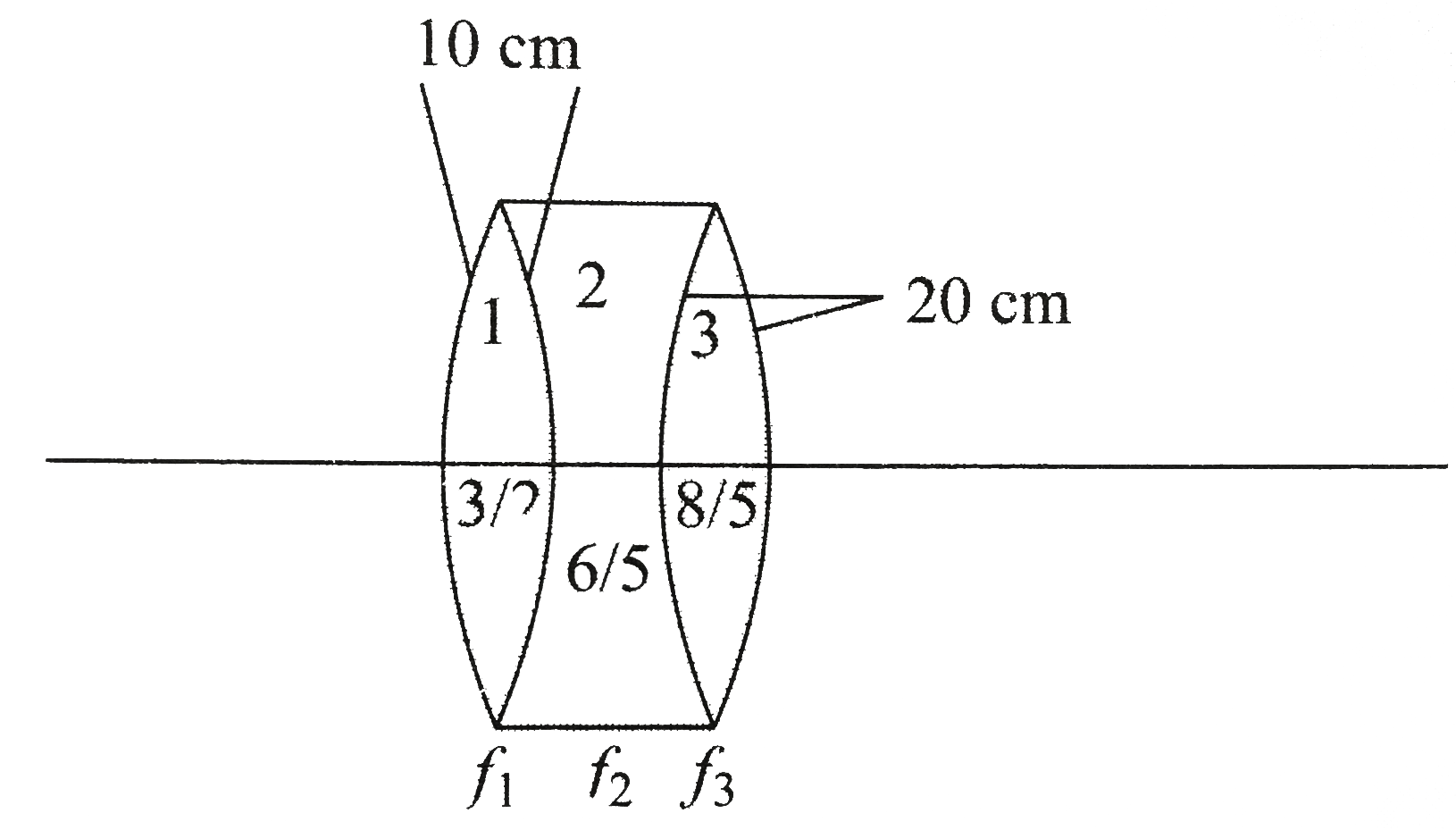
The correct Answer is:B
1f1(32−1)(110+110)=110,1f2=(65−1)(−110−120)=−3100and1f3=(85−1)(120+120)=350
1f=1f1+1f2+1f3=110+−3100+350=10013=50x13⇒x=2
Topper's Solved these Questions
- BOOK - ALLENCHAPTER - GEOMETRICAL OPTICSEXERCISE - EXERCISE -0165videos
GEOMETRICAL OPTICS
- BOOK - ALLENCHAPTER - GEOMETRICAL OPTICSEXERCISE - EXERCISE -0282videos
GEOMETRICAL OPTICS
- BOOK - ALLENCHAPTER - GEOMETRICAL OPTICSEXERCISE - subjective14videos
GEOMETRICAL OPTICS
- BOOK - ALLENCHAPTER - CURRENT ELECTRICITYEXERCISE - EX.II66videos
CURRENT ELECTRICITY
- BOOK - ALLENCHAPTER - GRAVITATIONEXERCISE - EXERCISE 49videos
GRAVITATION
Similar Questions
Find the focal length of the lens used.
View SolutionFind the focal length of the lens shown in the Fig..
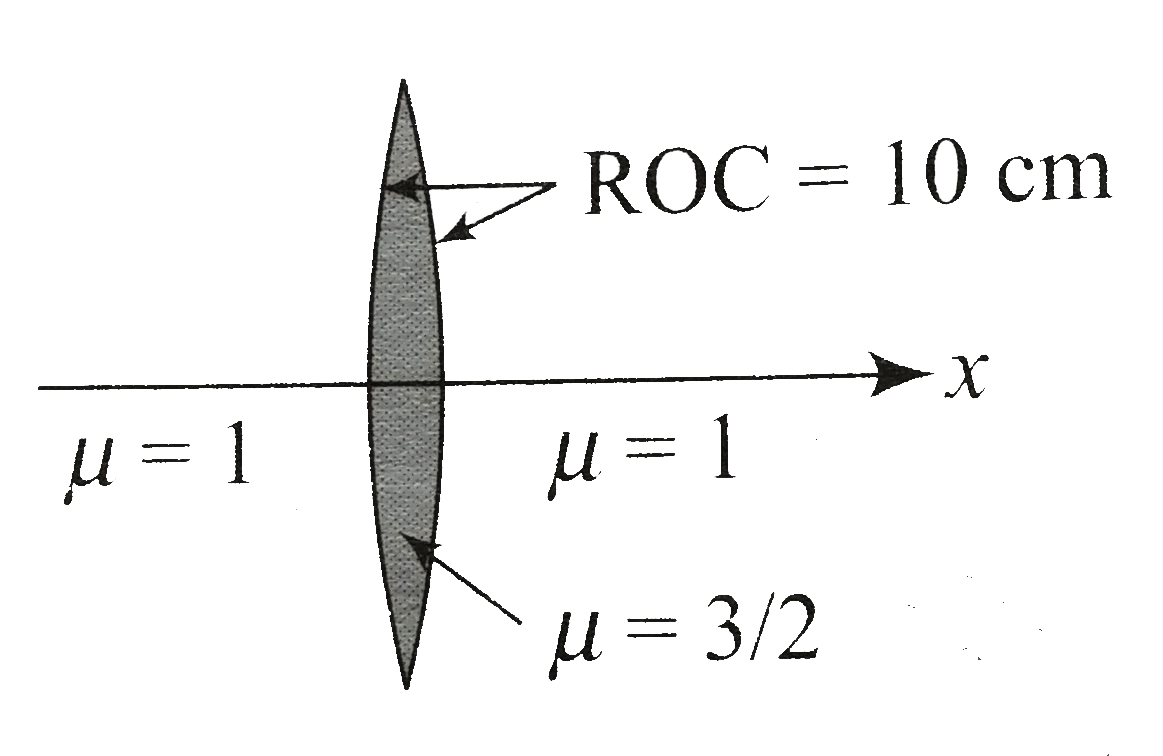 View Solution
View SolutionFind the focal length of lens shown in the figure. Solve for three cases nS=1.5,nS=2.0,nS=2.5.
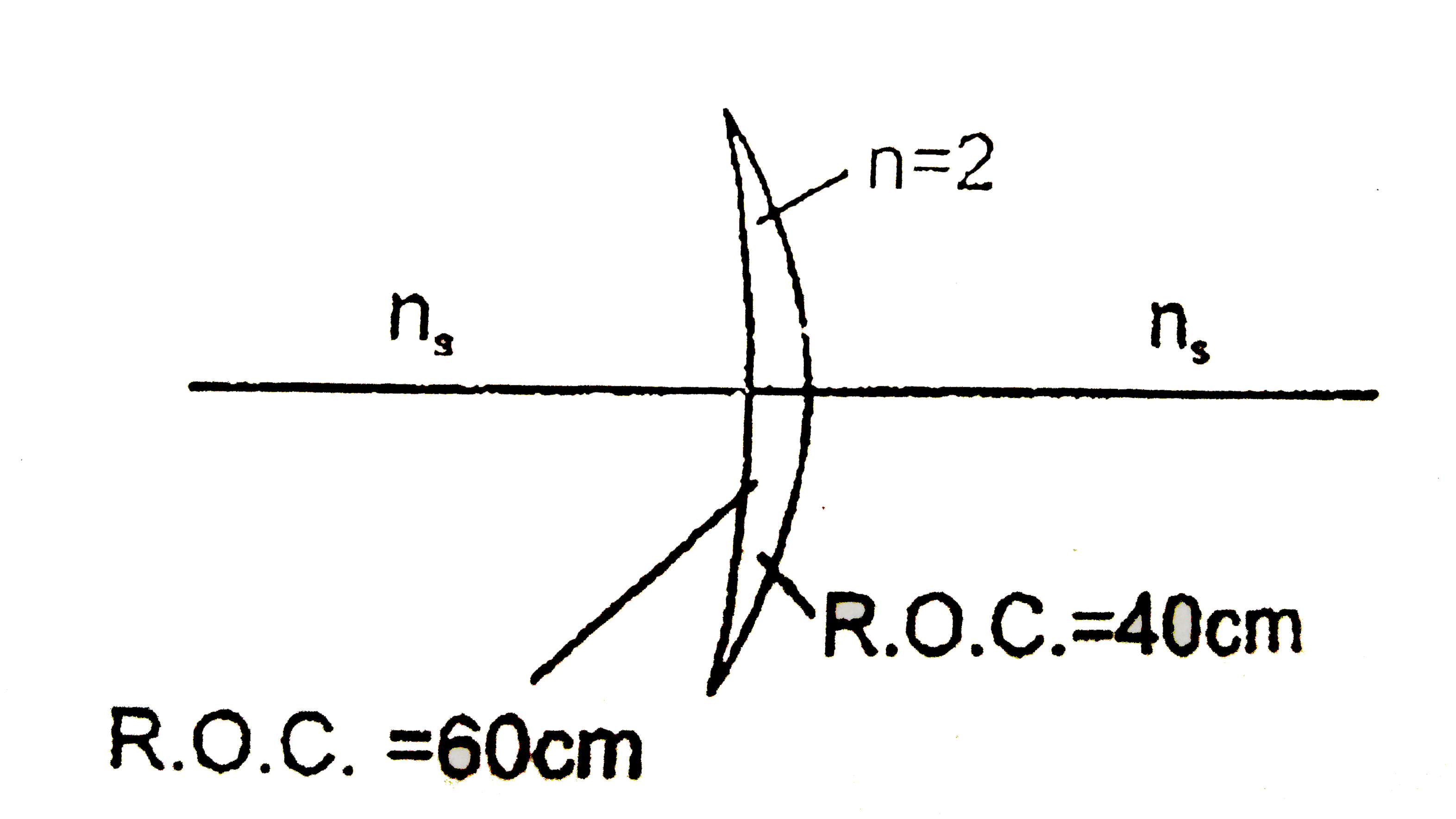 View Solution
View Solution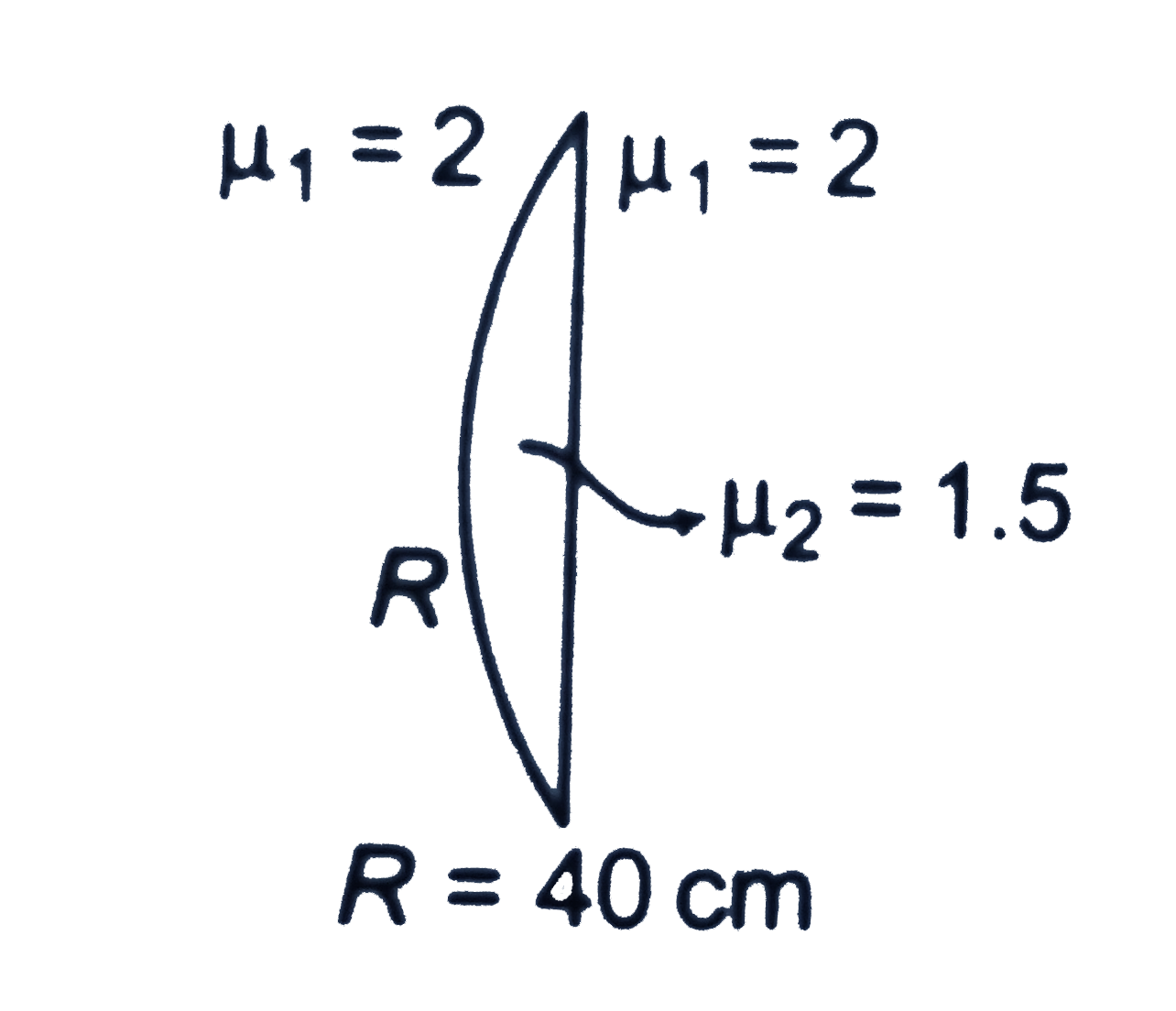
Find focal length of the system shown in figure from left hand side.View SolutionFind the focal length of the lens shown in Fig . The radii of curvature of both the surfaces are equal to R.
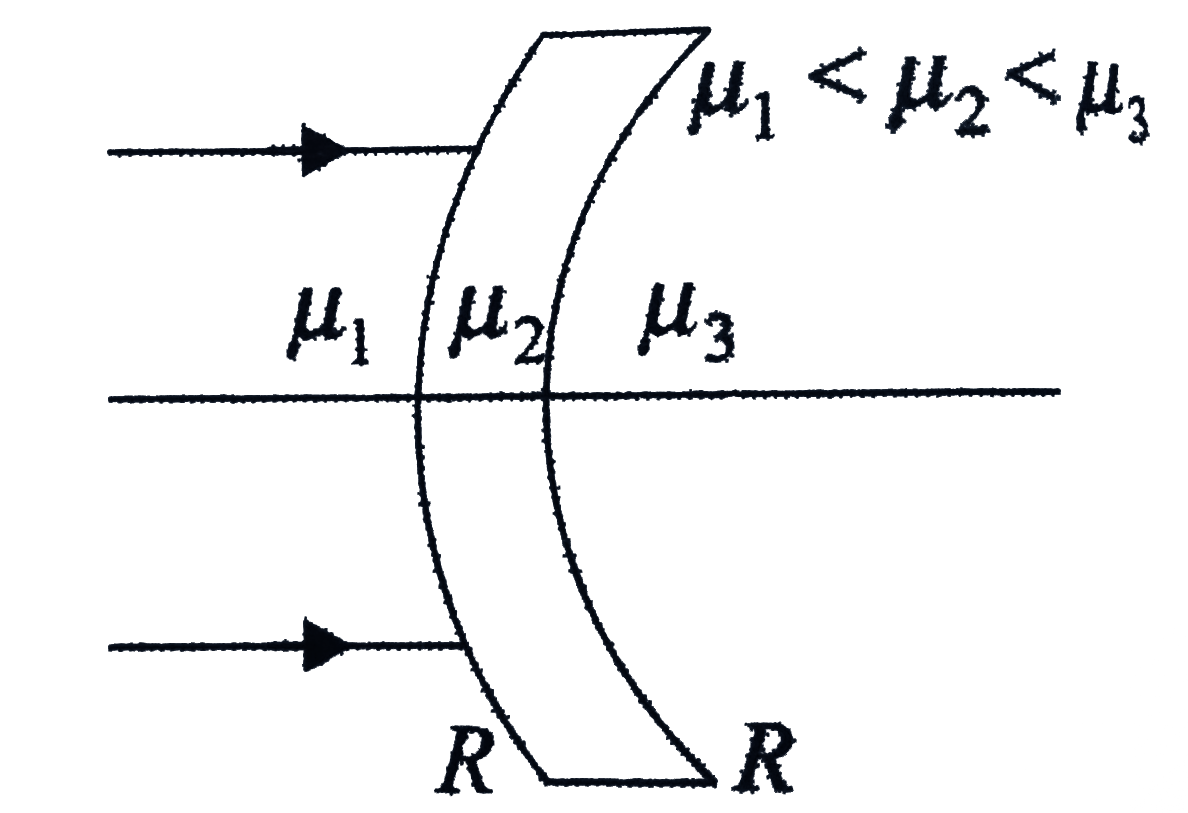 View Solution
View Solution
Find focal length of the system as shown if figure.
Find image position.View SolutionFind the focal length of the lens shown in Fig.
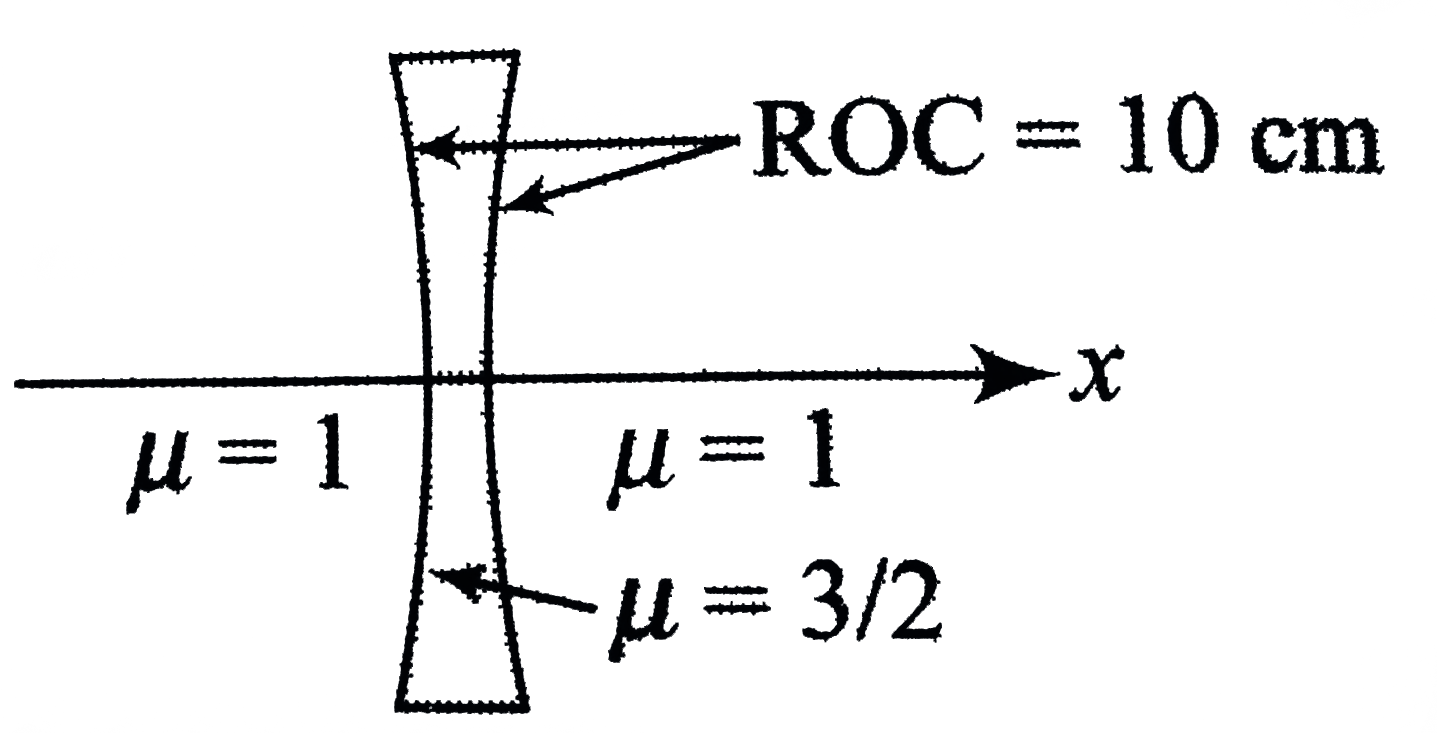 View Solution
View SolutionFind the natural frequency of the system shown in figure. The pulleys are smooth and massless.
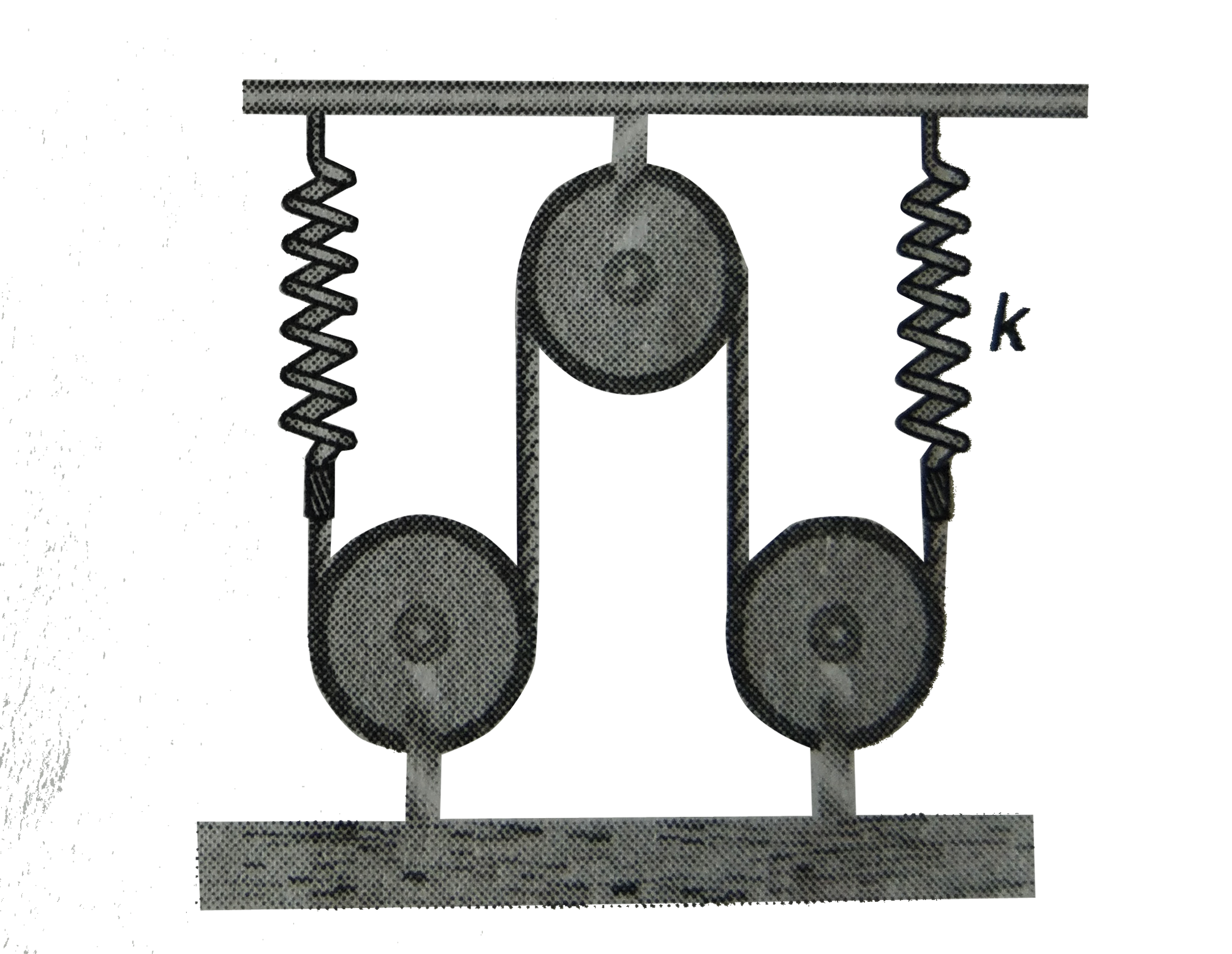 View Solution
View SolutionFind the period of oscillation of the system shown in figure.
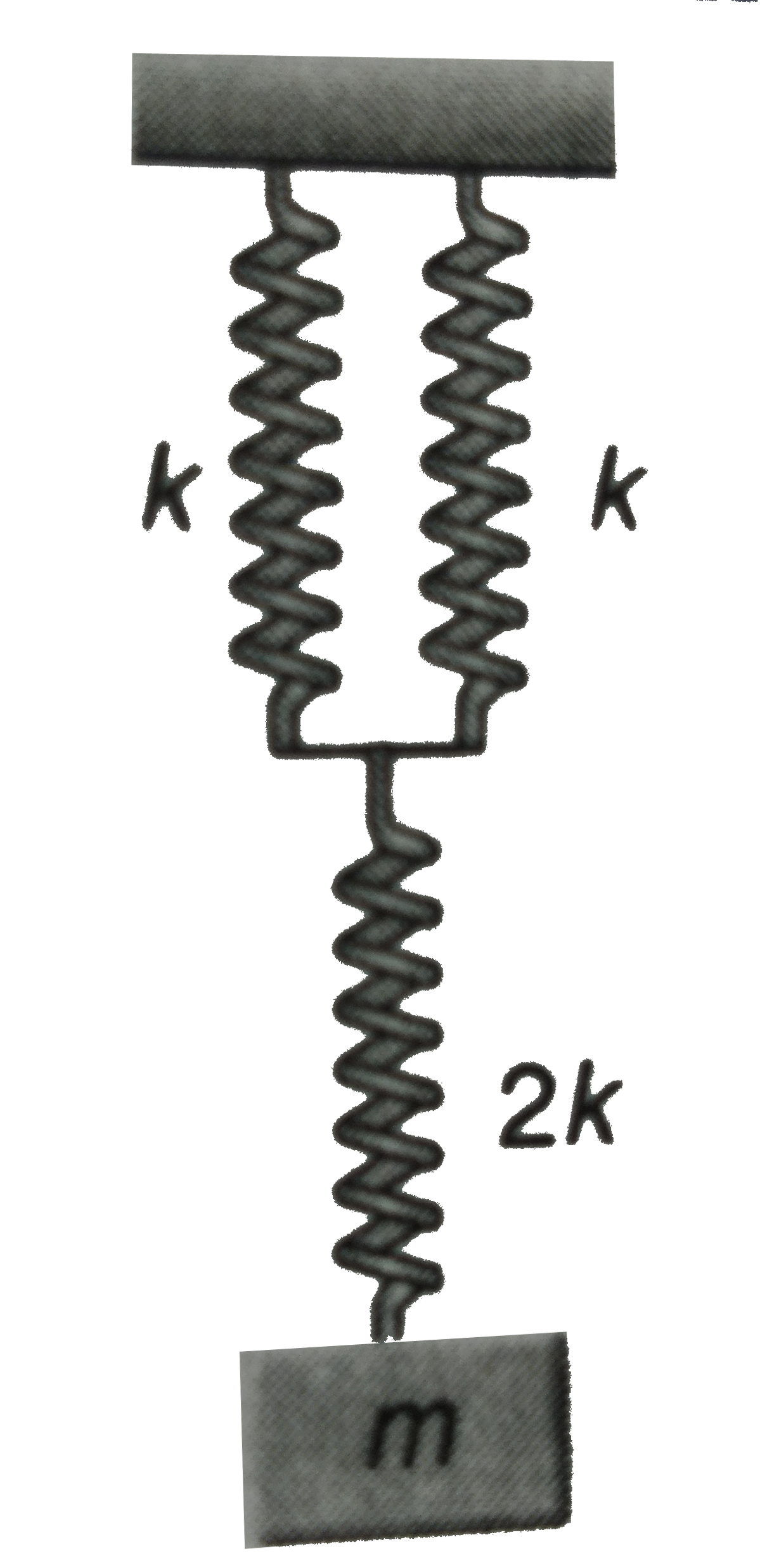 View Solution
View SolutionFind the electric dipole moment of the system shown in figure.
View Solution

